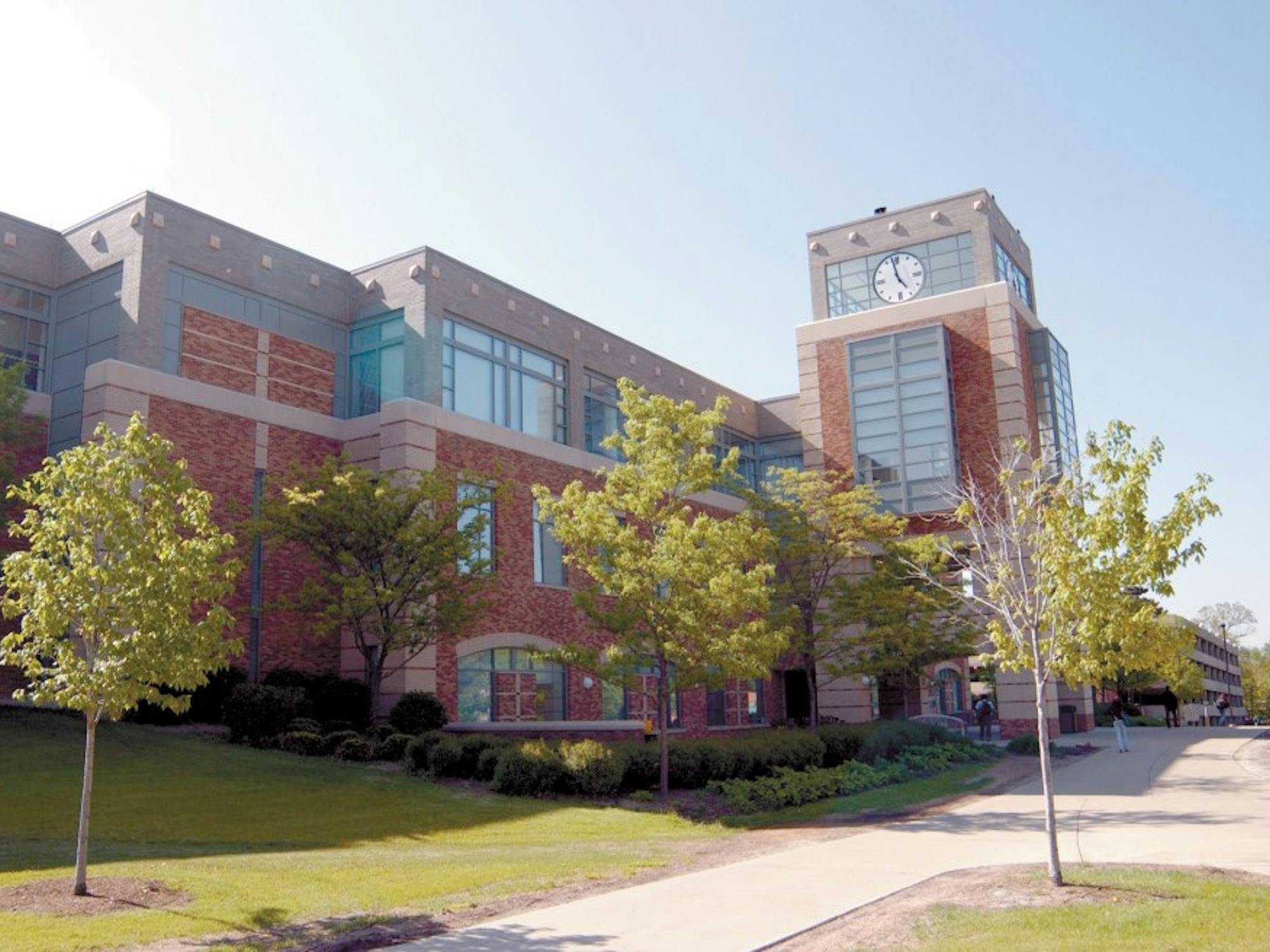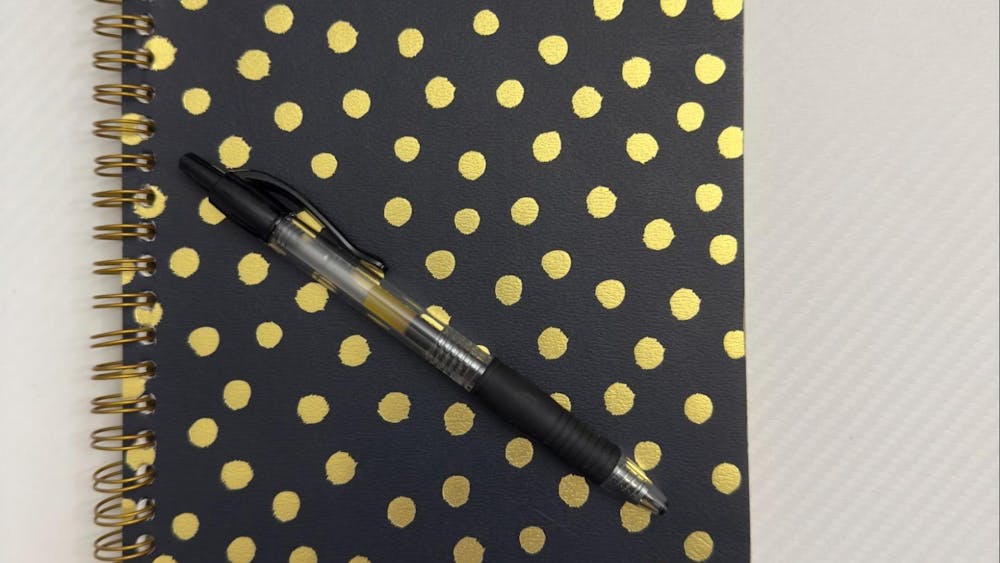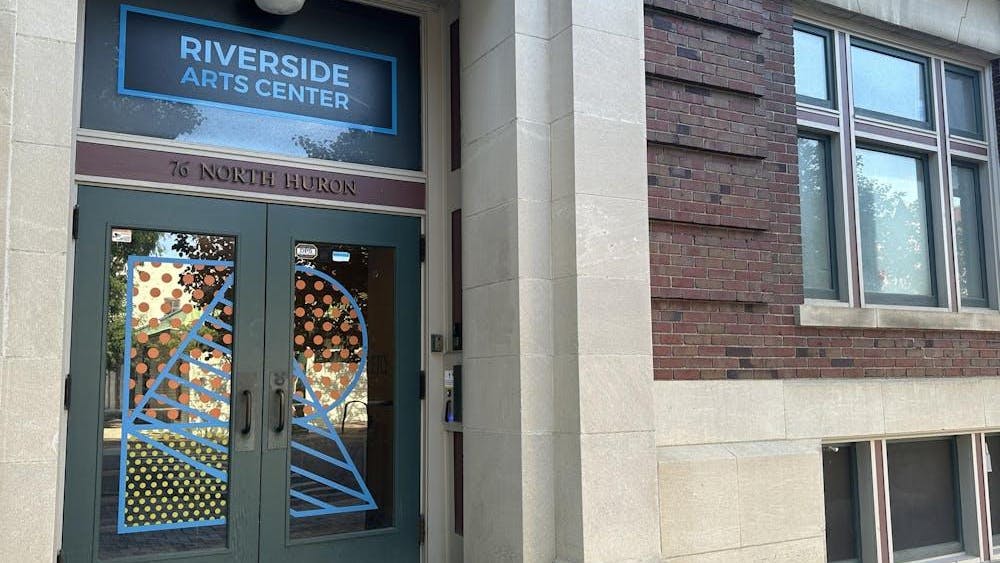Eastern Michigan University’s 10-year-old library is starting to show its age.
Halle Library has had ongoing climate control issues in the archives that are putting the university’s collections at risk, as well as an ongoing flooding issue that has closed the library’s auditorium. Additionally, there was a problem with valves in the automatic retrieval system, also known as the “book vault,” that caused minor flooding this past summer.
According to Rosina Tammany, the university’s archivist, the problems in the archives have existed ever since the library was built. The archives are located on the third floor, which Tammany says is not a good place for archives in the first place due to temperature variations that occur on upper floors.
Tammany said two of the main problems are inadequate temperature and humidity control, and that these problems are “damaging the articles every day.”
“The temperatures are what is the real problem,” said Tammany. “We’ve got rare books in here.”
This summer, temperature levels reached 90 degrees and humidity levels reached as high as 70 percent. Ideal archival conditions are 67 degrees Fahrenheit with 45-50 percent humidity.
The archives have always lacked the dedicated air conditioner and humidifier that were incorporated into the library’s design. Two air conditioners were installed, instead of one air conditioner and one humidifier, as was intended. Neither of the air conditioners was ever connected.
Tammany said the problems have been investigated, but no action has ever been taken because funds end up being directed to other university projects.
Tammany and her staff have had to resort to connecting fans to dry out the air.
The conditions in the archive are causing some of the books to become damp, which helps to facilitate the growth of mold in many of the books stored there.
“Generally about 3 p.m. I start coughing,” Tammany said. She mentioned slight health risks are common in any archival setting because of disintegration of the books, but that the climate conditions “exacerbate the problem.” The archive staff has brought in a portable air filter to help.
Tammany said the mold levels have been measured by Health and Safety. Health and Safety Director Kathryn Wilhoff said she was not aware of any mold problems in the archives, and said she was not aware of any tests being performed.
Additionally, one of the archive storage rooms frequently floods, despite the installation of a new library roof in fall 2007.
The library has plans to relocate the archives to the first floor. However, Elaine Logan, the university’s associate librarian, said very little of the $2 million — $3 million required for the project has been raised so far.
Down on the ground floor, the library’s auditorium is experiencing a problem of a different kind: flooding. According to John Donegan, director of EMU’s physical plant, the auditorium began flooding due to a flaw in the building’s waterproofing. Donegan said the flooding will continue until the problem is fixed, which should be soon. The project is scheduled for late fall to early winter. The auditorium, which has been closed since fall of 2008, has been closed as a precautionary measure due to the possibility of health issues related to mold.
“We have a professional certified contractor who will remediate [the mold],” Donegan said. “We know it’s there, and it’s going to continue to be there until the problem is fixed.”
Kathryn Wilhoff, the director of Health and Safety, said tests for mold in the auditorium and surrounding public areas have not indicated a health risk. Wilhoff said a large amount of the mold is in the walls of the flooded area. Tests have been done to ensure the mold is not compromising anyone’s health.
“There are no real standards for mold,” Wilhoff said. Instead, tests are done to compare the mold levels of problem areas to the outside air in the vicinity. Since the university began testing last fall, at no point have the mold levels in the auditorium or surrounding area exceeded the mold levels outside the building. The most recent test was done in January 2009.
“We’ll probably sample again in the near future,” Wilhoff said.
Despite the problems occurring, Donegan said the library does not receive its own budget for maintenance and upkeep. All maintenance performed in the building comes out of the university’s general building fund.







